Like seeds planted in my brain
The first time I ever heard about permaculture was in 2016. I discovered this life philosophy in the French documentaries “The World of Tomorrow” (by Cyril Dion and Mélanie Laurent), and then in “A Quest for Meaning” (by Nathanaël Coste and Marc de la Ménardière). The latter explained the inefficiencies of our globalized socio-economic system, and how food sovereignty through natural farming methods can be part of the solution to the current environmental and socio-economic crisis. More than just producing food, permaculture is a collaboration between Humans and Nature that repairs soil, gives back pride to biodiversity, uses water carefully, builds the resilience of local economies, and nurtures people’s social existence.
From seeds to reality
I wanted this permaculture life to become part of my reality. However, I have always been living and working in a city and never had a short-term plan to move to peri-urban or rural areas. Instead of postponing to “one day”, I thought what about practicing permaculture in my current situation with what I had and where I was? After all, aren’t imperfection and incompleteness part of the authentic journey?
Curiosity as a first step
Ever since fall 2019, I transformed my Parisian apartment into a chaotic urban jungle. I started to plant “bio” fruits and vegetables’ stones or roots (instead of wasting them) in pots, and to observe the miracle of life. Plants were growing by themselves, I basically had so little to do.
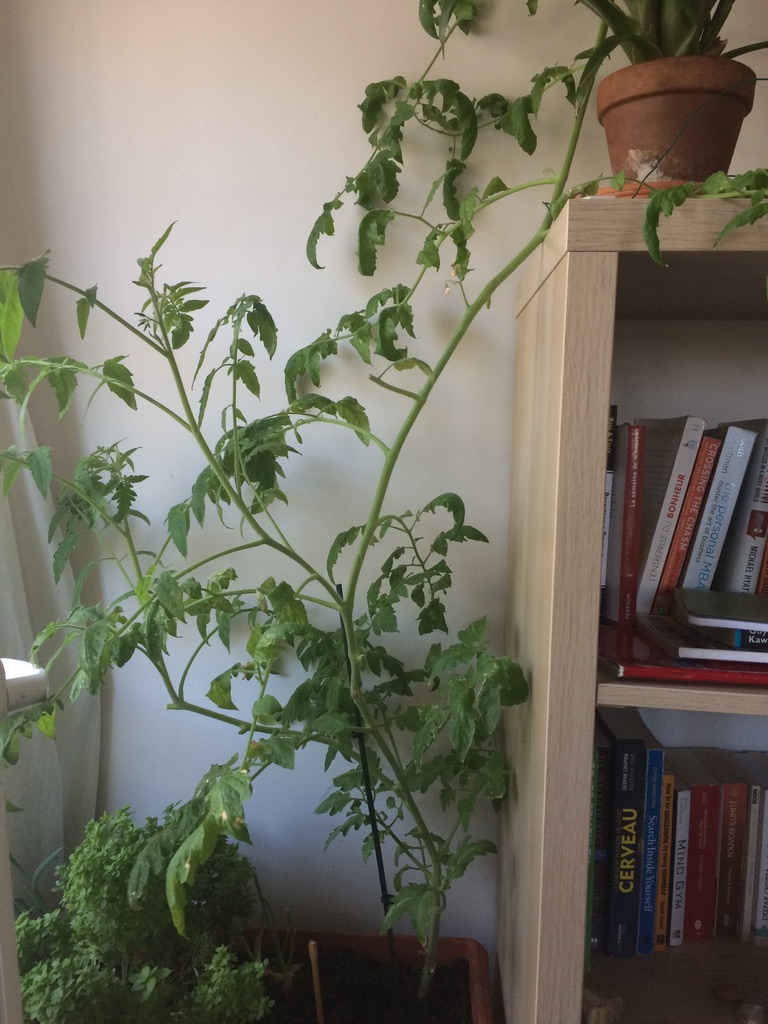
During the strict lockdown in 2020, I had even more time to take care of the plants and try to grow almost everything I could. I harvested tomatoes, potatoes, aromatic herbs, etc. that I joyfully cooked. I even tried to plant coffee seeds, but I obtained nothing and sprouted ginger that turned into a very nice exotic plant.
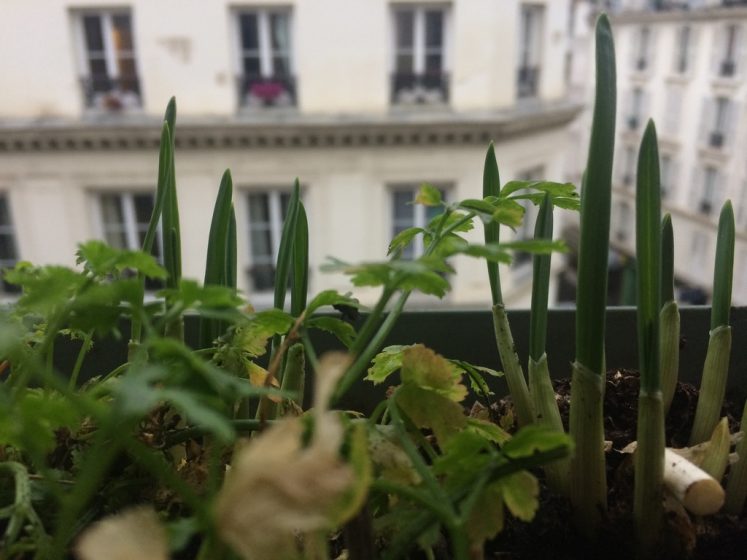
Even if I practiced permaculture at a small scale, I learned a lot about the living world just by testing and observing: plants that can or can’t grow together — like us humans in society; soil that should be covered — like humus in forests; plants that thrive for life — like survivalists; and farm seeds that can infinitely reproduce – like all Nature species.
So simple and so complex
To go further in the journey, I attended a permaculture internship and visited a few farms. What struck me most was the duality: it looks so simple yet, in reality, it is so complex. Permaculture is a fascinating, humble, and endless exploration of natural sciences and it reconnects with Nature through a better understanding of the living world.
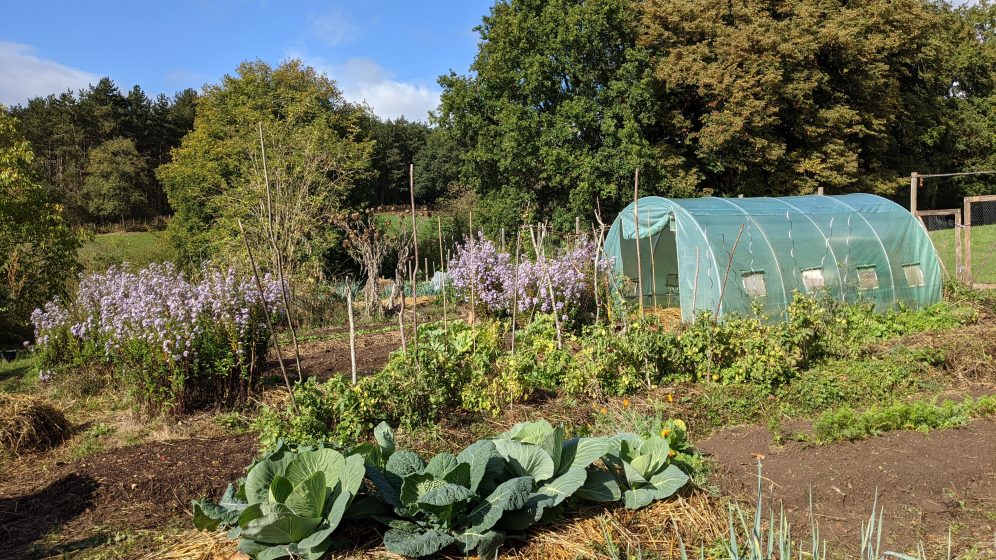
From all I have learned, the permaculture theory that inspired me the most was the “Do Nothing” by the Japanese microbiologist Masanobu Fukuoka (1), who considers that Nature is abundant and inherently programmed to do its job very well. Almost no human intervention is needed. Under a simple appearance, he succeeded in developing a natural farming method, based on holistic natural sciences knowledge. This method uses no chemical fertilizer, no pesticide, no soil plow, no prepared compost, no machine, no fossil fuel, less water, and less work. Without polluting and degrading soils, his rice yields were as high as the most productive farms in Japan. In his book The One-straw Revolution, Masanobu Fukuoka claimed that the natural farming method he used “throws scientific knowledge and traditional farming craft right out the window”.
I couldn’t help thinking: if farm seeds are naturally available for free and can infinitely reproduce (2), if Nature is so abundant, and if Masanobu Fukuoka is right, then why do poverty and scarcity exist?
Life industrialization for a global chaos
I used to have a transactional and utilitarian relationship with everything. I used to be at the center of my own world, and I had a list of personal needs to fulfill. Since I started the permaculture journey, my perspective has changed. I now see plants, soils, and biodiversity as beings or living entities – as opposed to assets – and myself as part of Nature’s world. The moment we, Humans, are separated from Nature, we lose meaning.
Our current globalized system treats Humans and Nature as production factors creating value, the biggest part of which is captured by the top of the pyramid. The 85 richest people are as wealthy as the rest and poorest half of the world (3). The richest top 1% of the total population have more than twice as much as 6.9 billion people (4) and earned 82% of the wealth created in 2017(5). Half of humanity is living on less than $5.50 a day (4). 75% of terrestrial environments are severely altered by human actions. Of a total of 8 million species, almost a million are threatened with extinction within decades (6). Are we efficient?
When it comes to the globalized food production system, urbanization, industrialization, and infrastructure construction are cited as major factors of soils degradation (therefore of arable lands loss) (7). Agricultural expansion is responsible for 90% of deforestation worldwide (8). Industrial agriculture (based on fossil fuels, pesticides, herbicides, monoculture, and genetical modifications) is responsible for the degradation of a third of earth soil (9). However, soil is a necessary condition for life and a nonrenewable resource relative to the human lifespan (10). Also, industrial agriculture “is among the leading causes of water pollution, especially in most high-income countries and many emerging economies” (11). Finally, 62% of species are imperiled by agricultural activity (12). Is this our legacy for future generations?
As for land use: one-third of global agricultural lands are used for cropland (including for human and animal food, energy production, and industrial use), two-thirds are used for grazing livestock (13). 33% of croplands are used for livestock feed production (14), while livestock supports nutrition for only 1.3 billion people (15). Images of farm animal cruelty are hard to witness. The food produced travels across continents which generates even more greenhouse gas emissions. Food waste accounts for around 30% of the total food produced (16), and every 5 seconds a child under 15 dies around the world (17) while s/he could have been fed. Is this humanity?
Aren’t natural and local the new beautiful?
Since 1974, when Bill Mollison and David Holmgren co-developed permaculture philosophy, the number of permaculturists flourished and so many of them succeeded in turning a desert into a meadow just by using natural farming methods and mimicking Nature. For example, in France, Pierre Rabhi envisioned decades ago agroforestry/permaculture as a new society model, and Perrine and Charles Hervé-Gruyer founded the famous farm “la ferme du Bec Hellouin”; in India, Vandhana Shiva led a farm seed revolution; in Zimbabwe, Allan Savory used livestock to reverse desertification; in Australia, Geoff Lawton pioneered permaculture in the seventies and developed programs in the Middle East to help poor populations to access food. Permaculture can be practiced in small areas (such as 1 hectare) and could yield 3 to 4 times as much as conventional agriculture (18).
In the middle of the current ecological collapse and worldwide socio-economic crisis, why not build resilience at local levels, in rural and urban areas, by reconnecting Humans with Nature? By giving people lands and letting them freely garden farm seeds, they could use natural farming methods, be actors of their own life, and produce a part of their own consumption. This would revive Nature in rural and urban areas, recreate biodiverse ecosystems, sequester carbon in soils, create massive jobs, feed people, and give them back autonomy, joy, and meaning.
Do they really care about us?
If permaculture, practiced by communities, can locally ensure food security, and recreate natural ecosystems, this would only represent a small fraction of 22% of global agricultural lands, which are used for human food (excluding meat and dairy products), energy production, and industrial needs (textile, cosmetics, medical, etc.) (19).
To have a global impact, and reduce negative environmental externalities of modern agriculture, industries will need to rely more on natural farming methods, including for livestock management. Also, to end farm animal cruelty and reduce industrial land use, the 1.3 billion people able to access meat and dairy products must change their diet and living standards. Most importantly, since minimizing environmental and social negative impacts goes against maximizing profits, governments who must regulate business practices might need to be separated from corporates to unlock the current political inertia.
The power to change sits within us
Individuals form the ultimate group that can make a difference. Only they own the power to make change happen. The journey starts with the awareness of the current ecological collapse and global socio-economic crisis and the development of a critical thinking mindset to avoid greenwashing traps. Then, the quest for meaning should be considered because it offers opportunities to garden the Self, find a “why”, and be part of communities creating positive solutions. Ultimately, the connection with Nature gives more meaning and perspective: realizing the magnificence of Nature forces us to cultivate humility and respect, and to understand that Nature is a condition for life. Our role is to sustain life, not our standards. Life.
Lamiaa Biaz
Paris
Notes:
(1) Read Masanobu Fukuoka’s book “one-straw revolution”
(2) Read Vandhana Shiva’s book “creative civil disobedience”
(3) https://www.theguardian.com/business/2014/jan/20/oxfam-85-richest-people-half-of-the-world
(4) and (5): https://www.oxfam.org/en/5-shocking-facts-about-extreme-global-inequality-and-how-even-it
(5) Oxfam report, 2018: https://www.oxfam.org/en/press-releases/richest-1-percent-bagged-82-percent-wealth-created-last-year-poorest-half-humanity
(6) Figure produced by the latest Living Planet Index: https://www.un.org/sustainabledevelopment/blog/2019/05/nature-decline-unprecedented-report/
(7) “la perte de terres cultivables par les effets conjoints de l’industrialisation, de l’urbanisation, de la construction d’infrastructures de transports (routière, portuaire et aériennes) représente une cause souvent méconnue, persistante et considérable de perte de terres cultivables qui sont fréquemment de très haute fertilité » Extrait de les limites de la production alimentaire Ed. Dunod
(8) https://news.un.org/fr/story/2021/11/1108082
(9) https://www.theguardian.com/environment/2017/sep/12/third-of-earths-soil-acutely-degraded-due-to-agriculture-study
(10) https://www.fao.org/documents/card/fr/c/ec28fc04-3d38-4e35-8d9b-e4427e20a4f7/
(11 ) https://www.fao.org/3/ca0146en/CA0146EN.pdf
(12) https://www.iucn.org/news/secretariat/201608/three-quarters-world’s-threatened-species-are-imperiled-agriculture-land-conversion-overharvesting
https://www.unep.org/news-and-stories/press-release/our-global-food-system-primary-driver-biodiversity-loss
(13) https://www.fao.org/sustainability/news/detail/en/c/1274219/
(14) https://www.fao.org/3/ar591e/ar591e.pdf
(15) https://www.worldbank.org/en/topic/agriculture/brief/moving-towards-sustainability-the-livestock-sector-and-the-world-bank
(16) “globally, around 14 percent of food produced is lost between harvest and retail, while an estimated 17 percent of total global food production is wasted (11 percent in households, 5 percent in the food service and 2 percent in retail).” https://www.un.org/en/observances/end-food-waste-day
(17) The death causes are lack of access to water, sanitation, proper nutrition or basic health services: https://www.unicef.org/press-releases/child-under-15-dies-every-five-seconds-around-world-un-report
(18) According to Professor Olivier de Schueter in the French documentary “the world of tomorrow” by Cyril Dion
(19) Looking back at the figures cited (13) and (14), cropland, including human food, animal food, energy production and industrial use, account for 33% of global agricultural lands. 11% of agricultural lands are used to feed livestock, and the remaining 22% for human food (including unprocessed and processed food), industrial use (such as textile, medical products, cosmetics, etc.) and energy production.

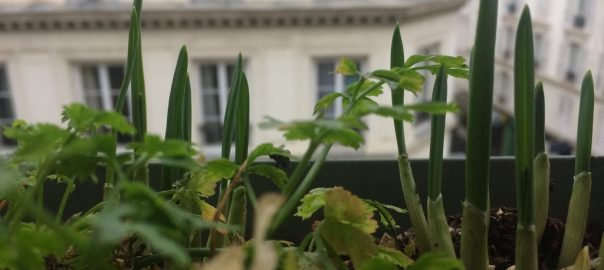






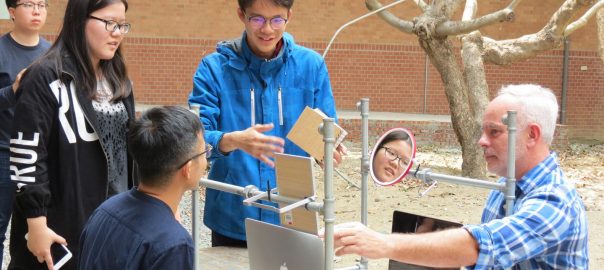
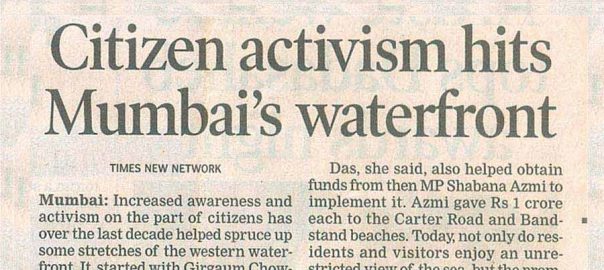
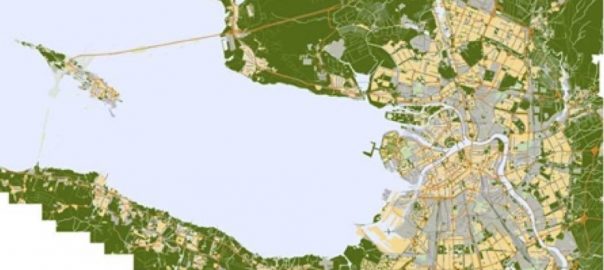

Beautifully written and so full the of simple wisdom in a complex world where most people simply want to live a happy and healthy life. Things can be different if we assume to change course and use our intelligence rather than a desire to control, compete and separate. Congratulations Lamiaa. May have abundance in your life to share.